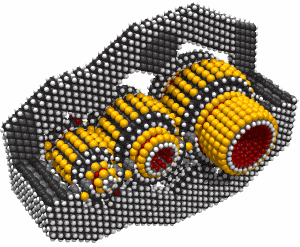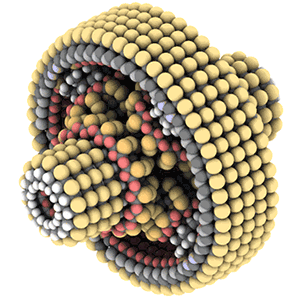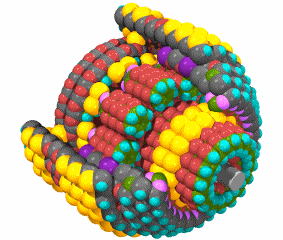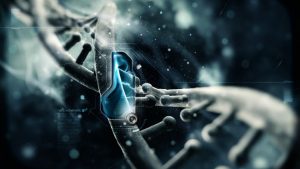Nanotechnology and Math Help Prevent Cancer
This website displays the groundbreaking achievement for scientists who study nanotech and mathematicians alike. They have engineered pills that will combat cancer. The website displays why it is important that scientists are making these pills because cancer is becoming resistant to many other methods of treatment. The website is based in Ontario at the University of Waterloo (a high ranking computer science university).
The nano-scientists and mathematicians from both Harvard Medical School and the University of Waterloo made a 2 in 1 pill which made the cell not show signs of resistance so that cancer could not detect the resistance and adapt. Cancer usually can tell if a cell has adapted to be resistant to cancer so the cancer cells will change so that the normal cells are no longer resistant. The other part of the pill ensures that the cell is still protected in case of cancer but does not show that it’s protected.








